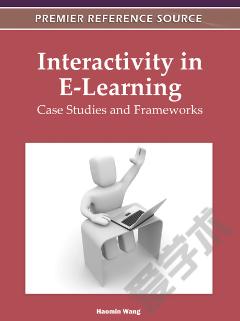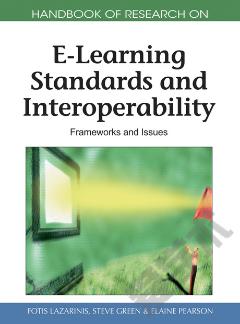Interactivity in E-Learning: Case Studies and Frameworks
In the past, interactivity has often been studied from the perspective of a particular subject area. Much effort has been expended on classifying and topologizing interactivity from the perspectives of media studies and information science. However, there is a lack of consolidated effort to relate these studies and to connect theoretical and empirical research with the practice of e-learning. Interactivity in E-Learning: Case Studies and Frameworks provides a comprehensive examination of interactivity, combining key perspectives from communication and media studies, distributed cognition, system affordances, user control, and social interaction. This new approach offers a holistic view of interactivity, which is useful for researchers working in the fields of communication and media, educational media, e-learning, and instructional technology.
{{comment.content}}








 京公网安备 11010802027623号
京公网安备 11010802027623号